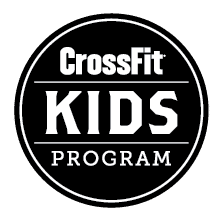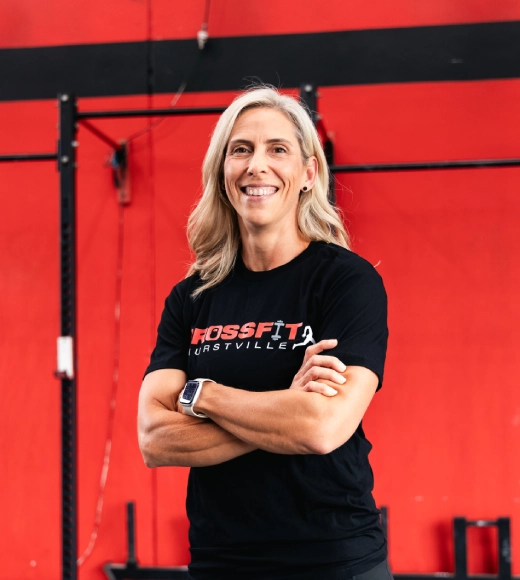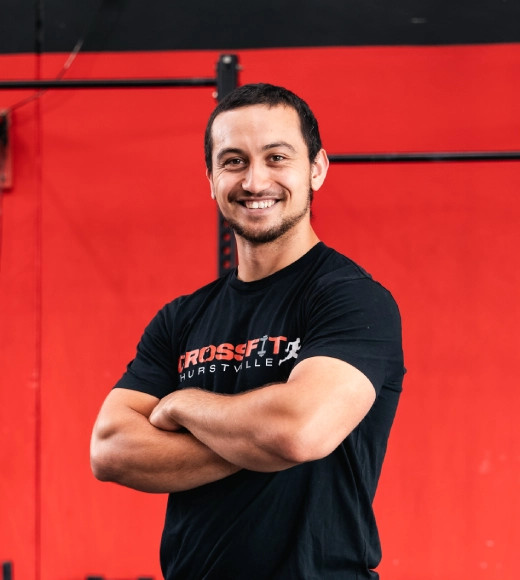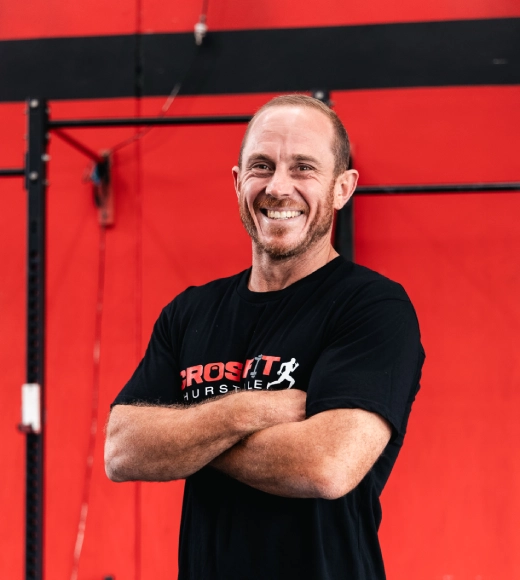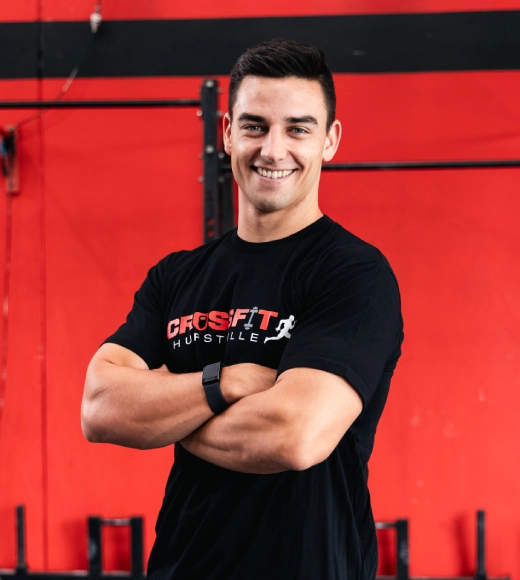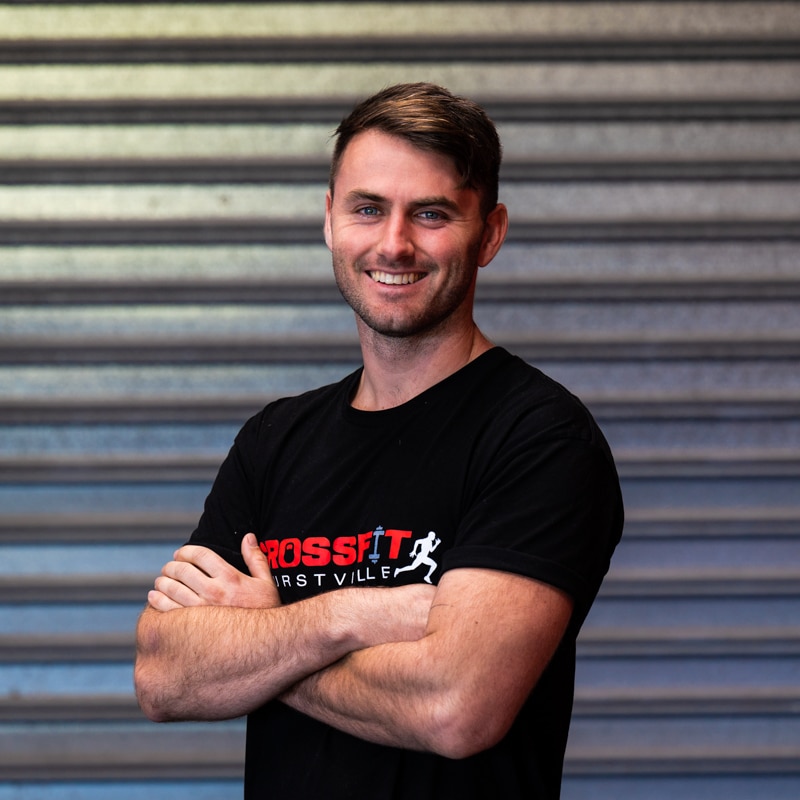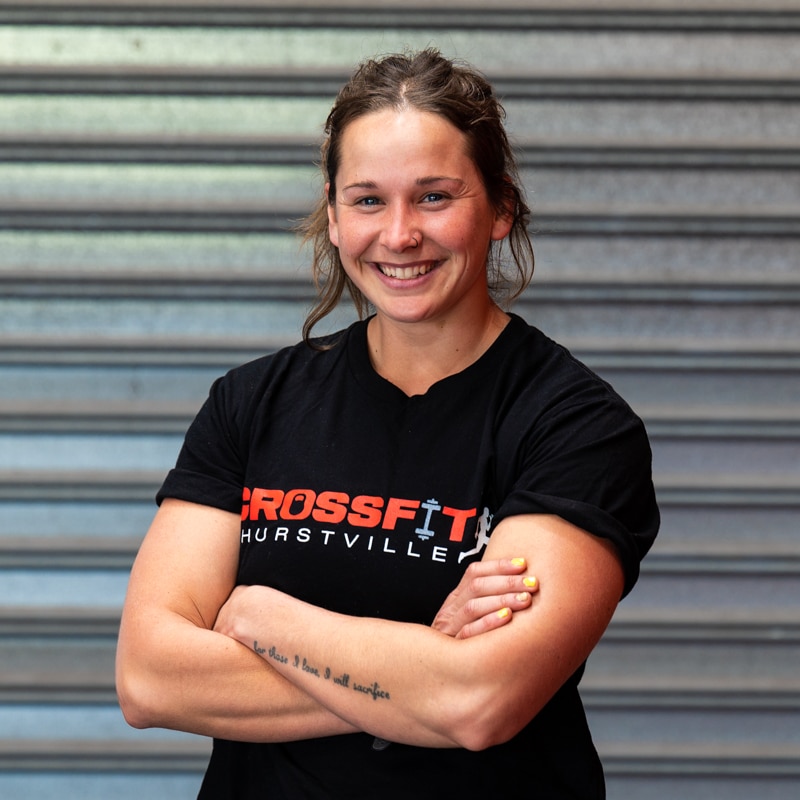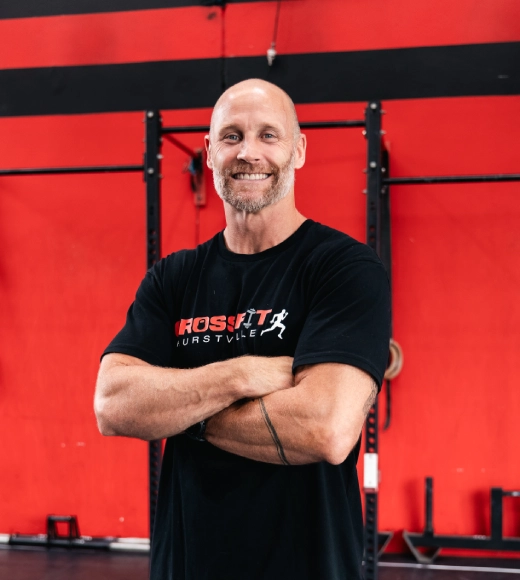I have referred to fitness as a conversation.
For those that understand this, this will seem reasonable.
For those yet to grasp it, start by being curious.
If we take “fitness is a conversation” to be true, then the next question becomes: “what is the point?”
I have my own ideas. But these are irrelevant.
A few weeks ago, we explored how to define fitness and arrived at such: “fit for purpose”. This was the broadest, and therefore most appropriate way to conceptualise it.
One can start digging as deep as they like here but ultimately, it is a call to action to establish what is purposeful.
We use context to create parameters around purpose on a given day. For example, fitness/purpose on Monday is finishing the work as fast as possible, but fitness/purpose on Tuesday is sticking to the tempo.
In short, fitness differs depending on how it is contextualised.
Our program offers a generic way to do that. It provides a structure to start thinking about, scoring or doing fitness – or in the case of the program, ways to experience sustainable progress – differently.
Most of us had or still have a preconceived idea of what CrossFit is. The website reads as such: “constantly varied functional movement at high intensity”. This is one way to characterise a physical practice.
But depending on the context, these six words are infinitely explorable. Only a few are based on how fast you finished your thrusters.
If we take “fitness as a conversation” to be true, then it seems in our best interest to utilise the vocabulary at our disposal.
At the very least, there is transferability: the idea that exploring outside the sphere brings benefit to the aspects within it.
And at the most, it opens up the conversation; to continue to explore and speculate beyond what is known.
Now we are only scratching the surface.
__________





